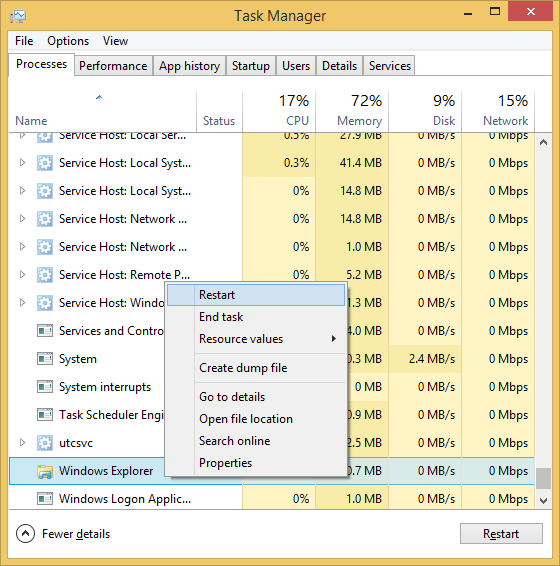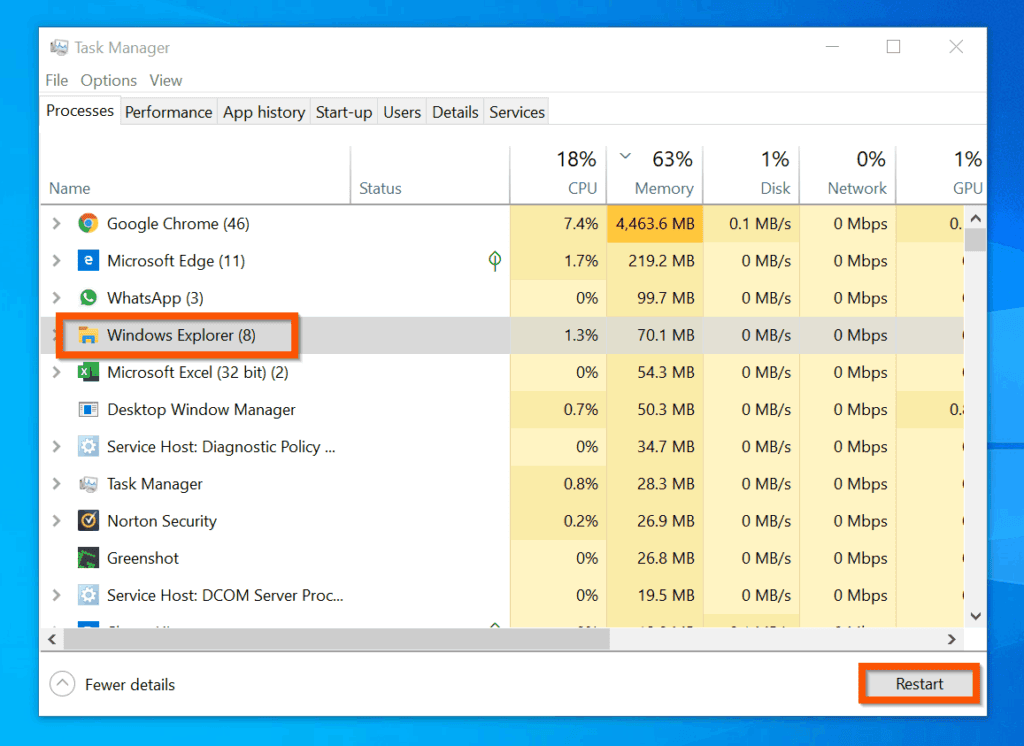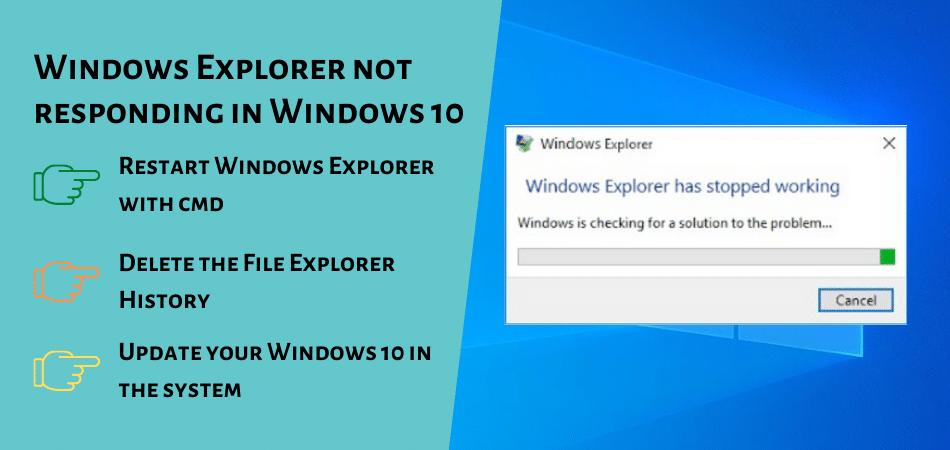

If for some reason it doesn’t give you that option (very rare), then you can do one of two things:ġ. If you have restarted Windows multiple times and it has failed, then Windows will automatically open Boot options.

In Safe Mode, Windows starts with minimum required drivers and only the necessary startup system files, so a faulty file, program or driver will most probably not load in this mode, which makes it easier to identify and solve the problem.Īlthough there are many ways to access Safe Mode, now that Windows 10 is not booting at all, we have limited options.

Safe Mode can answer a lot of questions quickly and also make it easier to solve them. Whenever I face any Windows problem that makes the OS inoperable, the first thing I do is access Safe Mode. You can refer to this guide to solve Boot Record errors.Īlso read: How to Fix Windows MBR from Ubuntu 7. Windows Boot Record Errorsīoot Record errors are a major cause of Windows not starting, but fortunately they can be easily fixed using some Command prompt commands. Remove all external storage devices before starting Windows and see if it helps. If such external storage device is attached, Windows may try to boot from it but fail due to not having the right device attached containing the recovery files. Your PC may be set to prioritize booting from an external drive, which means that if you have another OS or recovery drive on a USB stick, and that stick is connected to your PC, your PC will attempt to boot from that.

Memory/RAM: RAM comes in the form of thin little sticks, which can be easily dislodged if you’ve knocked your computer around.Here are the main components you should be looking at. If you’re getting a completely blank screen when Windows tries to start, then – if you’re reasonably confident – it may be worth taking a look inside to make sure that all the hardware is slotted in as it should be.


 0 kommentar(er)
0 kommentar(er)
